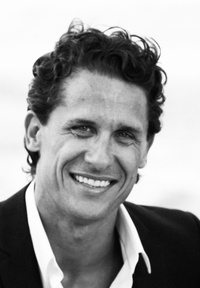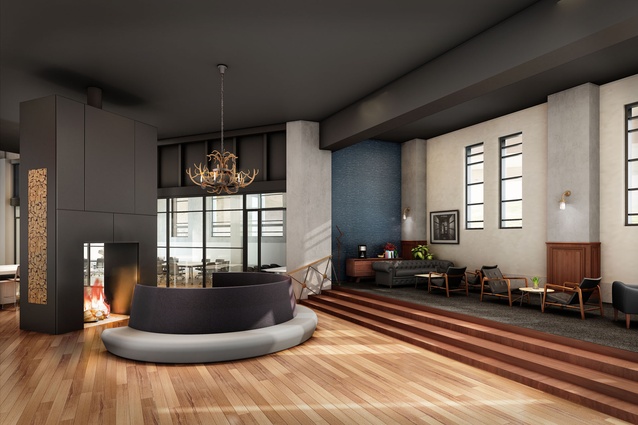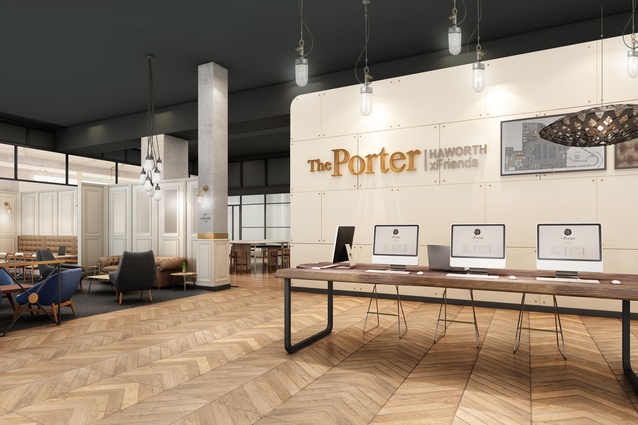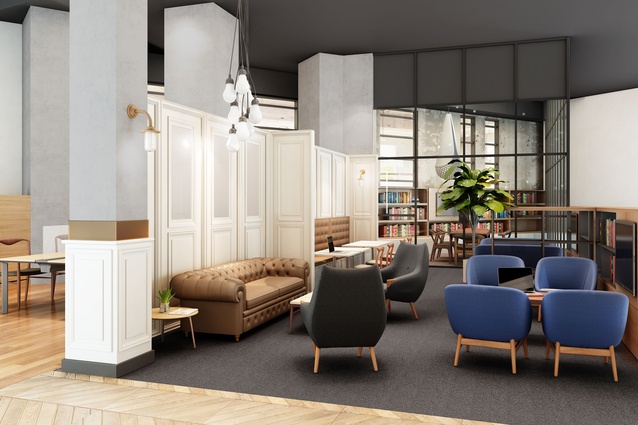Future workplace
Gensler’s man in Sydney Simon Trude, recently waltzed through Auckland for the CoreNet 2014 Symposium. He spoke to Interior about the brave new world of workplace design.

Interior: Judging by the accent, you are Australian but I hear you’ve made your career in the United States…
Simon Trude: It is a heavy accent isn’t it?! Yes I left for New York several years ago and was working for Perkins + Will in Chicago and then moved to New York to start one of their divisions. I later made my way into Gensler.
Interior: What took you there?
ST: Gensler originally stems from a strong interiors firm and I wanted to work for a practice that was truly interdisciplinary: architecture, interiors and branding, all driven by strategy. Gensler has a very integrated delivery model and their approach is more in tune with beautiful, functional spaces than with architecture leading the project while other disciplines lag behind.
Interior: Your boss Art Gensler is a very big fan of high density; some even have called him the biggest evangelist for vertical cities… do you share that passion?
ST: Yes and no. The skyscraper serves a purpose, especially in China – but there is a need for it there. The population growth is unsurpassed and, from a planning perspective, going vertical makes a lot of sense. That approach would not work in countries like the United States or Australia where rethinking building stock, repositioning and revitalising it is more sensible.
Interior: So why did Gensler open an office in Australia?
ST: We had been doing work here for many years. Before, we would design the concepts in the United States or Asia and employ local firms to make them happen. In a sense, clients wanted us here but we were waiting for the right opportunity to get the right people with enough local knowledge. I was in New York, had a baby boy, and my wife and I came back to Australia so it was perfect timing.
Interior: The redevelopment of Sydney’s Barangaroo Harbour must be quite exciting for local firms.
ST: It is; we get to work on urban planning and influencing the public realm. Some of our global clients are thinking of moving there and we are having ongoing discussions with them while, at the same time, we are preparing master plans and concept designs for the competition.
Interior: Higher-density cities are also changing the way we think about workspaces. What do you think workplaces will look like in the future?
ST: We have started to tread pretty scary territory in terms of applying Activity Based Working (ABW) strategies across the board. The workplace community activation is where people want to be – that doesn’t happen on tenancy floors, it happens further away from the workplace.
We need to provide spaces within the building so people can be part of that culture. Prescriptive spaces don’t work; people look for disarming and engaging spaces rather than prescriptive ones. We are creating upstream: creating spaces that tenants would like to align themselves with, having a look across the board at different types of environments and the types of people or industries that developers or owners would like to attract.
It comes from deeply understanding who they are; that enhances their working models not by applying a formula, or just trying to maximise density but by having an economy of choice.
Interior: Is that where your project for The Porter came from?
ST: The Porter started from a conversation with a building owner who was questioning what to do with a large disused retail space. The renovation is happening because of Barangaroo – all the existing assets have to reposition themselves to retain their existing tenants and bring some new ones in. We started working on strategies around how we could add value to the existing tenants so that they didn’t have to throw massive incentives.
Interior: What exactly is it?
ST: I had already done a lot of work with Hayworth and they were interested in managing a public space, curating it, and the idea came about from managing the space from a hospitality rather than purely corporate basis. The membership-based space needed to be warm, inviting and needed to be flexible and easy to change according to the developing needs of its users. It incorporates highly curated library, working, hospitality and meeting spaces.
Interior: Will you be rolling this into other spaces?
ST: No, it’s a bespoke concept. It’s a solution for a specific building. This idea of rolling out concepts means you run into the same problems… every solution comes from a strategic place and a bespoke platform, look and feel. We have been guilty of prescribing design and environments that people have to endure for 10 years until the next refit can take place. Now a days we have the metrics and tools in place to evolve each space for much shorter periods.












